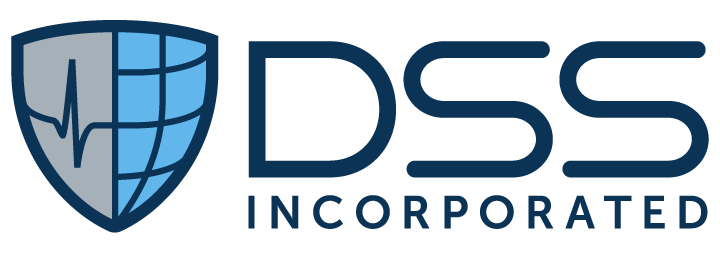NextGov: Change Management is the Critical Element in VA Supply Chain Modernization
The Department of Veterans Affairs is currently in the initial stages of a modernization effort central to the agency’s mission. The VA is developing a strategy to completely redesign and modernize its supply chain. The VA Supply Chain manages the flows of all goods, services and information between stakeholders, including within the VA, external suppliers and service providers, all the way to the Veteran, who is the ultimate customer.
DSS, Inc. is convinced that the challenge is more about change management than technology. The purpose of change management is to apply strategies for implementing change, being in control of the change being made and (critically) helping people accept and adapt to the change. This includes being clear about the need for change and the benefits of change.
These are some of the themes of a recent editorial published by NextGov, written by Gregory Giddens and David Whitmer. Giddens is the former chief acquisition officer at the Department of Veterans Affairs, and Whitmer is chief strategy officer at DSS, Inc., and a board-certified health care executive with 30 years of public health experience at the National Institutes of Health and the Veterans Health Administration.
The VA is interested in producing a statement of objectives (SOO), rather than a statement of work (SOW), and partnering with industry for best of breed solutions. This is not what agencies have historically done in the past. It was more defining requirements and specifying exactly what and how the work should be done. This change in approach bodes well for internal buy-in and adoption.
Part of this listen-first approach – often referred to as being true to the “voice of the Veteran” – is keeping and building on what is already working well. There are components of the current supply chain that are serving Veterans and VA employees well and can become anchors to build out from, allowing the VA to create transformation in an evolutionary fashion. For the areas which need improvement, the VA has expressed a desire for competitive prototyping of proposed solutions.
New Approach Producing Results
This openness on the part of VA leadership is already paying dividends. According to a survey last year of over 257,000 veterans, almost 80 percent trust the VA to deliver the health care and benefits they need. This percentage is a marked improvement. As recently as 2016, only 55 percent of veterans had similar confidence in VA operations.
That’s what happens when you listen to the end user. This approach of listening first also helped the VA roll out new, advanced dental services for veterans. First the VA listened to what was most needed, by both providers and patients. Among these were making teledentistry more available, the use of Computer Aided Manufacturing (CAM) technology and 3D printing for dentures and having more facilities closer to veterans.
The Right Partners
The VA should look for Supply Chain modernization partners who understand existing VA processes and procedures. Since this transformation is more about change management than technology, an understanding of the VA is required. Trying to simply copy a private sector solution and applying it to VA requirements will not work, nor will it encourage adoption of new supply chain tools and capabilities.
Both Giddens and Whitmer have served in the VA and understand the nature of the supply chain challenge and its importance to the VA mission to “care for those who have borne the battle.” DSS, Inc. feels the VA is taking a sound approach, and we are ready to provide whatever support the VA needs in this critical endeavor.
Learn DSS’ vision and capabilities for supply chain modernization here.

